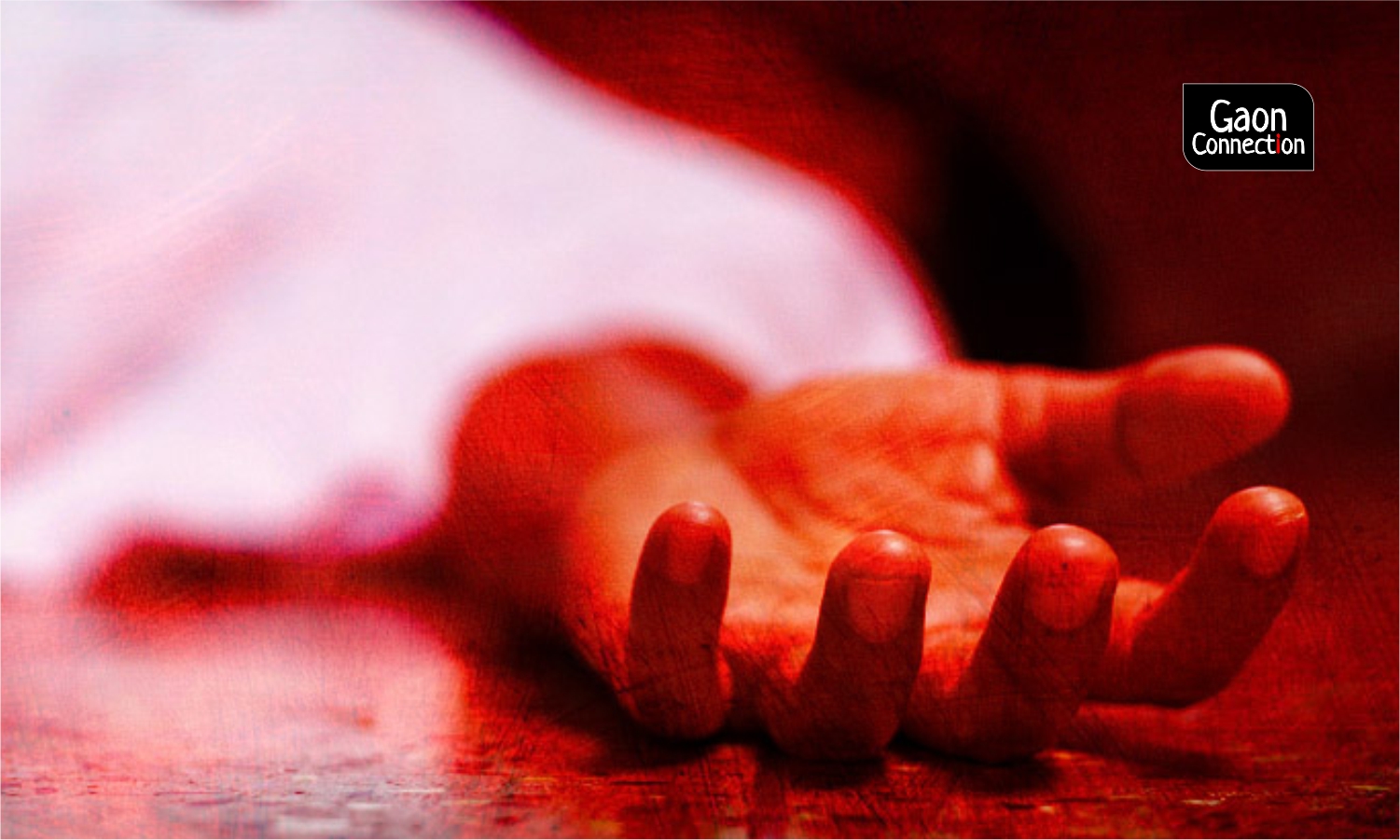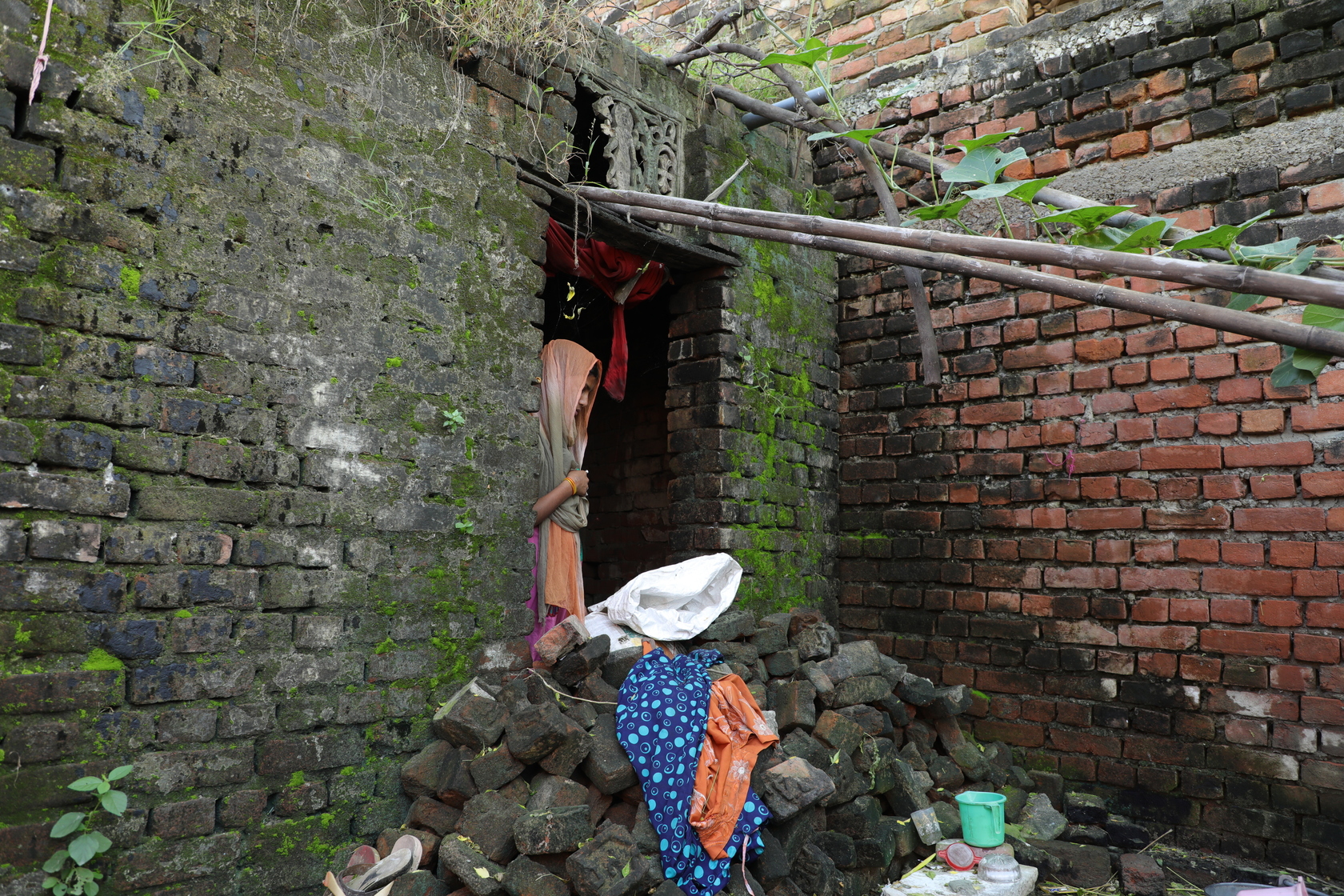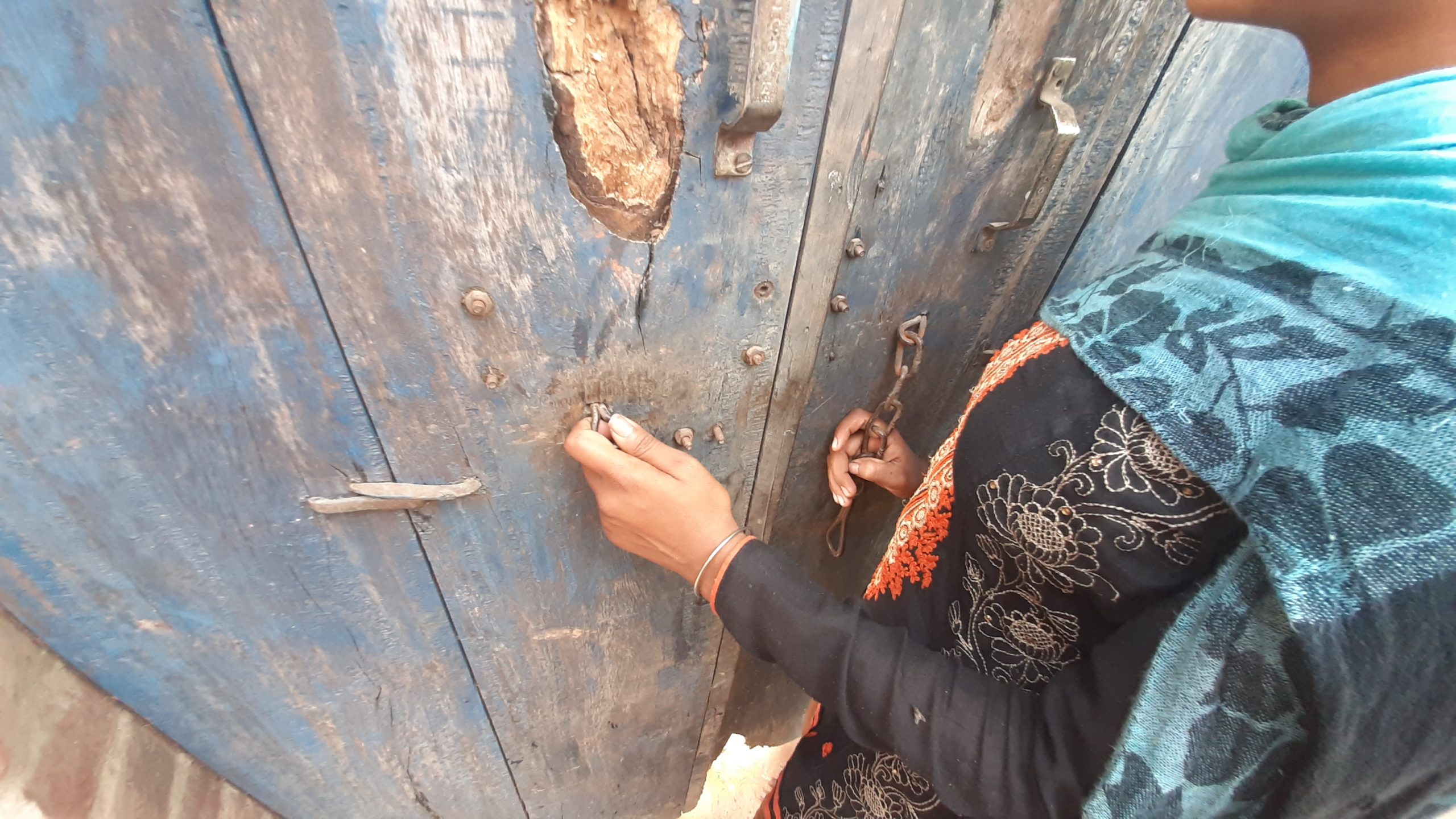Hathras gang rape victim is dead. One rape reported every 15 minutes in India
Eight years after the Nirbhaya rape case, a nineteen-year-old teenage girl, brutally gangraped in Hathras, Uttar Pradesh, dies in New Delhi’s Safdarjugn hospital. NCRB data shows that the country’s rape statistics remain abysmal.


Image used for representation purpose only. Photo: Pixabay
On September 14, a nineteen-year-old girl, reportedly from a Dalit family, was dragged into a field by four men, not far from where she was gathering grass to feed cows, held down and gang raped. This happened in Hathras, Uttar Pradesh, about 380 kilometres from the state capital Lucknow.
So brutal was the sexual assault, that she was left with her tongue bitten off, her spinal cord fractured and there were strangulation marks on her neck. As per reports, on September 23, she regained consciousness, long enough to name the rapists. She was paralysed, on the ventilator and fifteen days after the rape, today, on September 29, she died in Delhi’s Safdarjung hospital.
The four alleged rapists were from an ‘upper’ caste, and all of them have been arrested. According to statements from the victim’s family, one of the rapists was known to harass the Dalit inhabitants in their area, and his grandfather had also been booked for thrashing the victim’s grandfather nearly two decades ago. It is not uncommon in the country where the upper caste has used rape as a weapon of choice to settle scores with ‘lower’ caste communities.
According to the National Crime Records Bureau , since 2014, 13.9 per cent of all atrocities against SCs and 14.8 per cent of all crimes against schedule tribes were rape or sexual assault.
In 2018, one woman was raped every fifteen minutes, reveals data from the National Crime Records Bureau. There were 33,977 rapes reported that year. The Kathua gang rape of an eight-year-old was one of them and so was the Mandsaur case where another eight-year-old was gangraped and had her throat slit by the rapists.
The brutal Nirbhaya gangrape in 2012 was just one of 24,923 rape cases reported that year. Most others go unreported and are filed away as statistics.
Gaon Connection has been regularly reporting on such cases of rising violence against women in rural India, and in doing so, bringing out the larger issues, the brutality and inhuman sexual assault on women raises. A large number of these cases fail to become headlines or hashtags.
Here is the first of the series of reports filed by Gaon Connection called Raktranjit – Bloodstains. This seven-part series won Gaon Connection the Ramnath Goenka Award in 2019. It captures how rape is a daily occurrence with young girls from rural India. Females of all ages are targets, be it at school, at work or even inside their own homes.

Raktranjit: Conspiracy of Silence
No toilet breaks till it is dark. Only then, head to secluded areas to relieve yourself. For women and girls in rural India, this is routine.
On the evening of 8 April 2018, Soni (name changed), like she did often, headed out to the fields to defecate. Sooraj, a 21-year-old youth from her village, Baburdipur, in Sitapur district, Bihar, followed her, dragged her deep into the fields and raped her. When Soni returned home and told her mother about what had happened, her mother thrashed her. “I was beaten up so badly that I could not leave the bed for a week,” Soni told Gaon Connection. Ever since, Soni has not stepped out of her home. “What if he attacks me again?” she asked, fear in her voice.
No one went to the police to lodge a complaint. How could they? Social stigma has stopped Soni’s family from doing so, and she continues to suffer, traumatised and terrified, in silence.
Patriarchy, a false sense of family honour and social pressure have ensured such experiences like that of Soni remain unshared and unspoken. And sexual harassment and rape continue to stalk women.
While the rape survivor lives in fear, the rapist not only gets away without even a rap on the knuckles but is emboldened by the lack of punishment and often becomes a repeat offender.
“Fearing social stigma, the parents of the victim, instead of fighting for justice for their daughter, often become the biggest conspirators in hiding the crime. The girl lives in shame, while the rapist swaggers around free, proud of what he has done. He becomes an object of envy and an example for other boys who want to be like him. So, rapes will continue to rise and children, being the most defenseless, will continue to be victims,” Niboo Kali, chairperson of a women’s organization, Samakhya in Sitapur district, Uttar Pradesh, told Gaon Connection.

Women in rural India are worse off because they are more oppressed by societal judgement. Agreeing with her, “Women in rural India are easy targets because the rapists are confident they will not speak out against what happened to them. Also, they do not register their complaints because they have no hope of getting justice,” said JP Chauhan, advocate in Guwahati High Court. Even if they do, the girl’s parents voluntarily withdraw the case as it is invariably dragged out too long and their child’s prospects of marriage and a future are at stake, explained Chauhan.
Statistics from the National Crime Records Bureau clearly indicate an alarming rise in the number of rapes in the country. It also reveals that more than half the cases of sexual crimes were against children.
Police, however, ascribes this increase in numbers to rising awareness and the fact that more people are coming forward to report rapes. “There were cases before, but no one reported for fear of social stigma. But now more people are coming forward and the police are also registering all reports,” Anand Kulkarni, Superintendent of Police, district Sitapur, told Gaon Connection.
“We may register the report immediately, but the process of taking the statements of the victim and the accused, getting their medical examinations done, filing the chargesheet – all take time. In fact, in my experience, it generally takes more than a year for the case to come to the trial stage,” he admitted.
Meanwhile, in the time it has taken you to read this report, one more child somewhere in India would have been raped.

